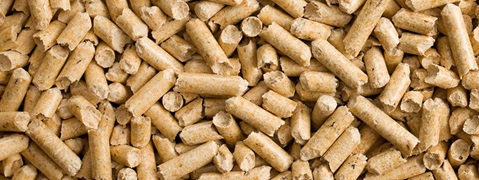Forestry (in commercial forests) is primarily intended for the wood, hardboard and paper industry: forests are specially planted in order to produce wood for use in construction, chipboard and for paper and cardboard. This produces waste flows: trimmings, crooked and rotten trees and sawdust. It constitutes no more than 5% of the whole forest. After drying, these can be used to make wood pellets for energy generation.
‘It is of utmost importance to remember that we were left our forests by previous generations and we need to pass on healthy or even more viable forests to those who follow us.’
Graanul
Commercial forests were planted by people or formed by human intervention. They require intensive maintenance. This calls for active involvement and continual improvement of management methods and monitoring. Forestry management practices are based on years of expertise and scientific research. Effective maintenance is essential in order to guarantee sustainability.
The more sustainable wood we use, the more forests we can grow. For example, increased demand for wood in the south of United States is leading to an annual increase in tree growth. After the electricity sector entered the market, the number of trees in south-east America increased by 40%. In addition, new trees absorb more CO2 from the atmosphere than is emitted.
Origin of biomass
Through certification and verification, RWE demonstrates 100% sustainability every year. As a member of the Dutch Biomass Certification (DBC) foundation, we are therefore working proactively to certify all small forest owners in Southeast America. The incentive as agreed upon was completed in 2023. However, the DBC Foundation has decided to voluntarily continue the stimulation until 2027 (end of the SDE++ decisions for co-firing biomass).
